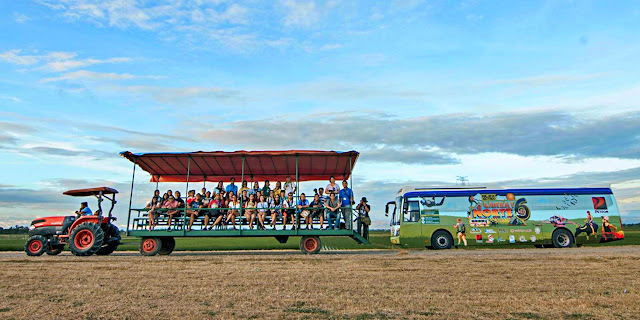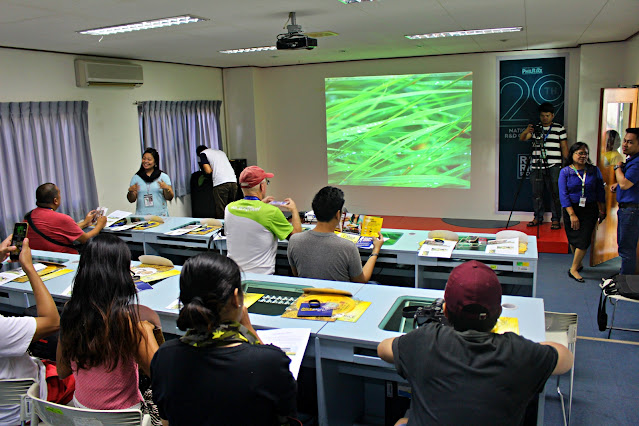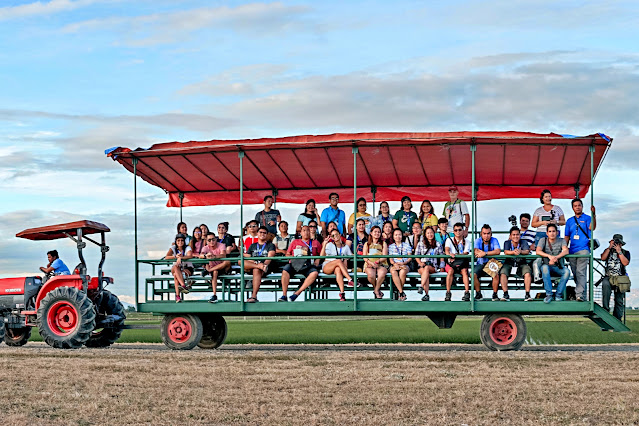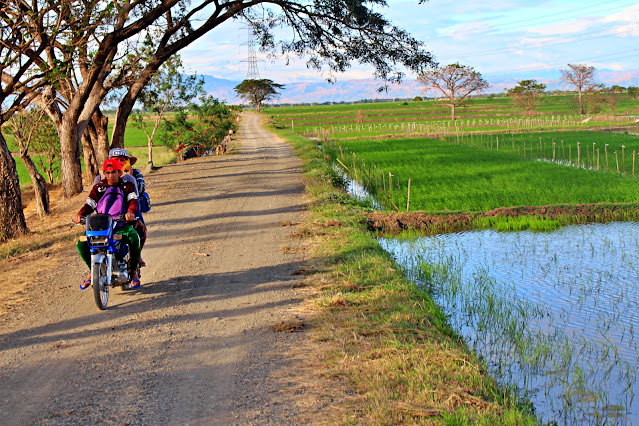We’ve all heard the phrase “rice is life”, each time a friend of ours orders and extra serving. Who doesn’t agree with this adage? Certainly, not me nor you. However, we all know rice as it is, served on the table oozing hot and ready to be paired with a delicious dish or toppings. What we fail to appreciate is how strenuous the process of producing “rice” from unhusked grains and the length of hard work our farmers toil just to food on our table.
The Philippine Rice Research Institute or commonly known as PhilRice, was created as a government corporate entity under the Department of Agriculture on November 5, 1985. It aims to provide research in developing cost-reducing and high-yielding technologies for farmers. PhilRice came to fruition after the late former Senator Edgardo Angara — then the President of the University of the Philippines — organized a committee to establish a national rice research center.
The last couple of decades saw international grants pour into the PhilRice research center. Among them was a US$ 80,000 grant given by the Bill and Melinda Gates Foundation for biotechnology research to produce rice with high Vitamin E, iron, protein and beta-carotene amounts to battle hunger and nutrient deficiency.
Riding a long steel carriage pulled by a tractor, we toured parts of the research institute's rice fields and got a feel of what it is like to be a farmer for the day — but with access to newer tools and knowledge of innovative farming concepts.
There's a small museum dedicated to our favorite staple food: rice. It showcases the science and technology behind the modern methods of farming as well as an informative history, culture and the art of rice harvesting.
For visitors wanting to learn more about rice farming, they can choose to stay in the dorm-type rooms available for accommodation in short and long stay period.





























